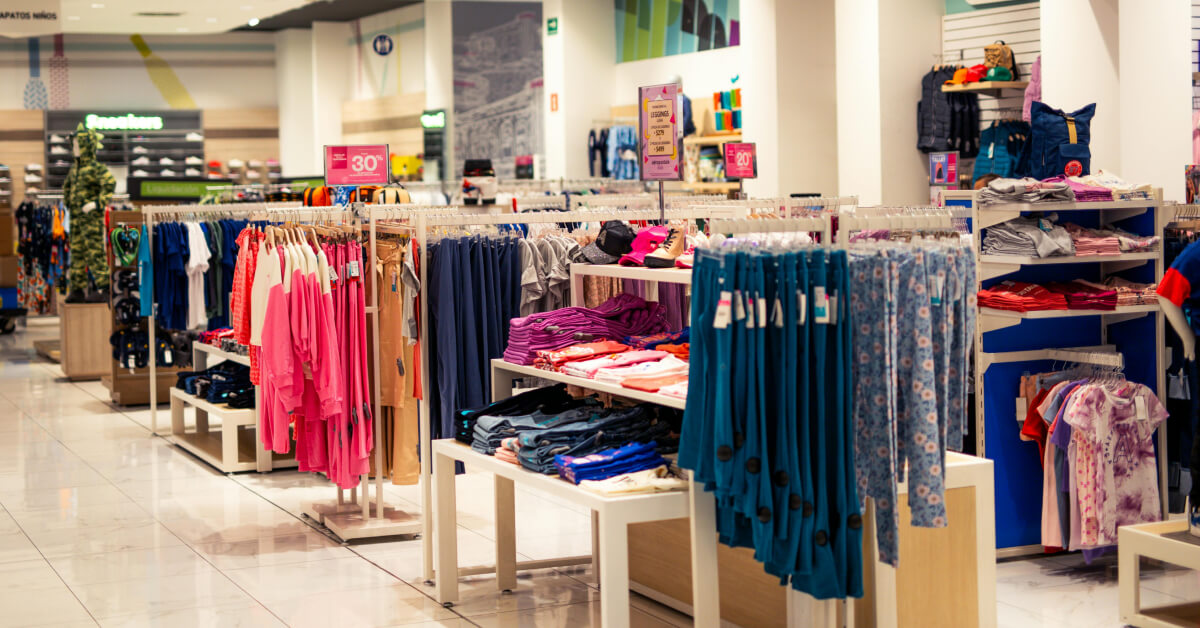





• Boutique stores
• Newsagents
• Convenience shops
• Small supermarkets
• Specialty retail operators
• National retail chains
• Multi-site store groups
• Corporate retail portfolios
• Shopping precinct operators
• Franchise groups

• Rising lighting and refrigeration costs
• POS and equipment that run all day
• Limited time to compare plans
• Bills that spike during seasonal trading
• Complex contract terms
• Managing multiple sites and meters
• Aligning contract end dates
• Large HVAC and refrigeration loads
• Limited visibility across portfolios
• Procurement complexity
Retail stores use energy for lighting, refrigeration, point of sale systems and air conditioning. These areas operate for long hours and often during peak demand times, which increases overall usage and costs.
Bills change due to seasonal temperature shifts, longer trading hours, refrigeration load and peak shopping periods. Air conditioning in summer and heating in winter can significantly increase energy usage.
Small retailers can reduce costs by comparing plans regularly, switching off unused equipment, upgrading to efficient lighting, reviewing contract terms before expiry and managing air conditioning settings more closely.
Larger operators often experience higher usage due to extensive lighting, multiple refrigeration units, HVAC systems and longer operating hours. Running equipment at the same time can increase peak demand charges.
Multi-site operators can align contract end dates, benchmark usage across stores, review tariffs, upgrade older equipment and use energy data to understand where and when high consumption occurs.





































